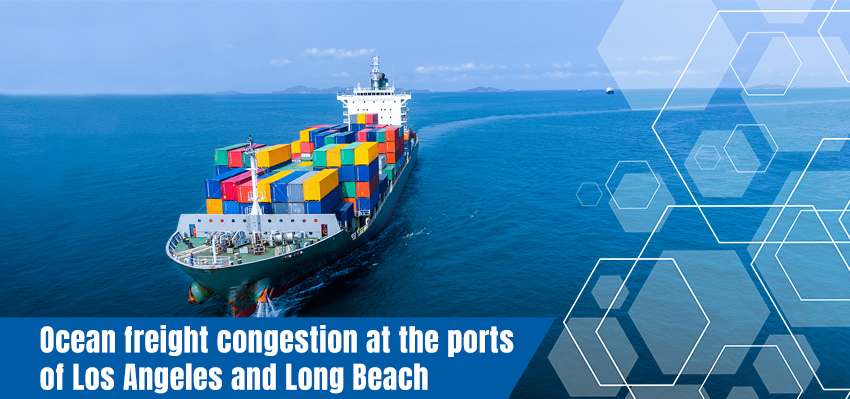Marine Exchange of Southern California (MSC) announced today, that they are postponing the port congestion charge that was scheduled to go into effect Sept 15th to Oct 15th.
Fifty-Six freight ships are stuck awaiting entry into California’s two largest ports, the highest number recorded since the beginning of the COVID-19 pandemic, the Marine Exchange of Southern California reported on Saturday.
The line is the result of a labor shortage, COVID-19-related disruptions, and increased holiday shopping. According to data from the Port of Los Angeles, the average wait time for ships had grown to 7.6 days.
Dockworkers have made it clear that they will not unload autonomous vessels in the future. During the latest contract discussions, the union impeded automation by refusing to allow automated unloading into ports. “According to the most recent statistics we’ve seen, a longshoreman’s crane can empty roughly 33-36 containers per hour, while automated international ports can discharge about 60 containers per hour,” says David Hernandez, Materials Manager at Mechanical Power, a global sourcing company based in Wauconda, IL.
Normally, there are between zero and one cargo ships at anchor. About one-third of all US imports pass via the ports of Los Angeles and Long Beach in California. These ports are a major source of Chinese imports and have been heavily congested throughout the pandemic.
Companies importing and exporting goods to and from Asia can expect further shipping delays while container ships wait for berth space.
This comes during one of the busiest months for US-China commercial relations, as stores stock up ahead of US holidays and China’s Golden Week, which occurs in October.
To give you an example of the types of issues we’re dealing with, one of our dedicated charters was recently denied entry into China because a crew member tested positive for COVID, forcing the vessel to return to Indonesia and replace the entire crew before continuing; the voyage was delayed by two months in total.
In a recent transportation webinar, a freight forwarder in San Francisco stated that transit times from Shanghai to Chicago had more than quadrupled to 73 days from 35 days. Due to port congestion, container handling delays, and other issues, voyages are now taking 30 days longer than in past years.
According to Hernandez, Ocean shipping capacity is expected to normalize by 2023, when number of new ships come online. The Marine Transportation System in LA and LB remains safe, secure, reliable, and environmentally sound, despite record numbers of ships in port, at anchor, and in drift zones.
Daniel Szwed - Marketing Manager

Resourceful and innovative Marketing Pro, with 20+ years of progressive experience in the marketing and creative technology industry. Responsible for digital and traditional marketing efforts that promotes brand awareness, increases engagement, and drives revenue.
















